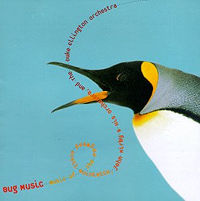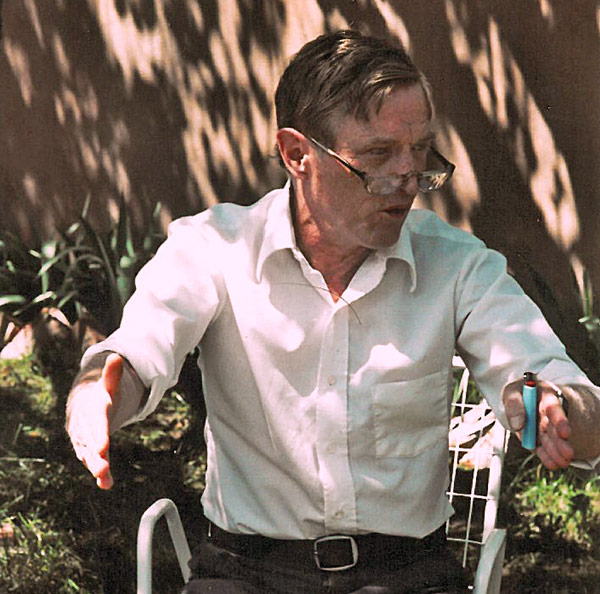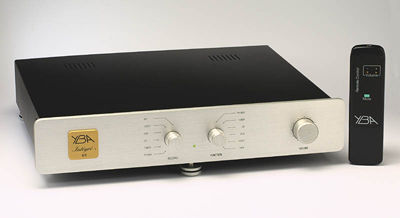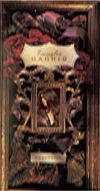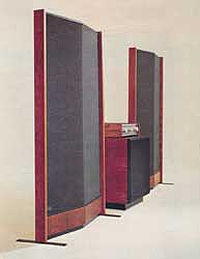Recording of January 1997: Bug Music
<B>DON BYRON: <I>Bug Music</I></B><BR> Don Byron, clarinet, baritone saxophone, vocals; Steve Wilson, alto saxophone; Robert DeBellis, tenor saxophone; Charles Lewis, Steve Bernstein, James Zollar, Trumpet; Craig Harris, trombone; Uri Crane, piano; Paul Meyers, banjo; David Gilmore, guitar; Kenny Davis, bass; Pheeroan akLaff, Billy Hart, Joey Baron, drums; Dean Bowman, vocals. Nonesuch 79438-2 (CD only) 1996. Don Byron, prod.; Danny Kapilian, assoc. prod.; Tom Lazarus, eng.; David Merrill, assist eng.; Alan Tucker, mastering eng. Carol Yaple, exec. prod. ??? TT: 51:07<BR> Music <B>****</B><BR> Sonics <B>****</B>

